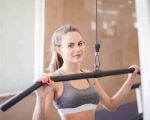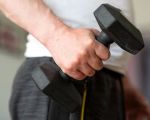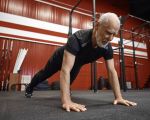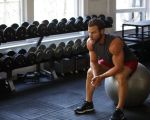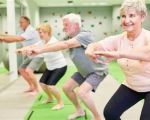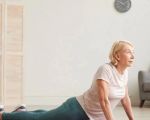- 1-Importance-of-Coordination-and-Agility
- 2-Effective-Gym-Workouts-to-Improve-Coordination
- 3-Training-Agility-with-Targeted-Exercises
- 4-Real-Life-Success-Stories
- 5-Choosing-the-Right-Fitness-Resources
1. The Importance of Coordination and Agility in Fitness and Daily Life
Coordination and agility are fundamental components of physical fitness that contribute not only to athletic performance but also to everyday activities. Coordination involves the smooth and efficient movement of different body parts together, while agility is the ability to change direction quickly and effectively. Improving these skills enhances balance, reaction time, and overall body control, which can reduce the risk of injury and improve functional mobility.
Whether you are an athlete seeking a competitive edge or someone aiming to maintain independence and vitality, focusing on coordination and agility is essential. Gym workouts for improving coordination and agility target the nervous system and muscular responses to promote these capabilities effectively.
2. Effective Gym Workouts to Enhance Coordination
2.1 Balance and Stability Training
Exercises like single-leg stands, Bosu ball balance drills, and stability ball workouts improve proprioception—the body’s ability to sense position and movement. These workouts strengthen smaller stabilizing muscles and enhance neural connections, making coordinated movement more natural.
2.2 Complex Movement Patterns
Incorporating multi-joint, multi-planar exercises such as medicine ball throws, kettlebell swings, and agility ladder drills challenges the body to coordinate several muscle groups simultaneously. This complexity trains the brain to efficiently manage movement sequences, which translates to better coordination in real-life scenarios.
2.3 Reaction Drills
Reaction-based workouts, like partner ball tosses or light-based response systems, sharpen hand-eye coordination and quick decision-making. These drills increase neural speed and accuracy, crucial for refined motor skills.
3. Training Agility with Targeted Exercises
3.1 Ladder Drills and Cone Drills
Agility ladder drills improve foot speed and precision, while cone drills simulate directional changes under control and speed. Both develop fast-twitch muscle fibers and neuromuscular coordination necessary for quick, agile movements.
3.2 Plyometric Training
Plyometrics such as box jumps, lateral bounds, and tuck jumps enhance explosive power and dynamic stability. These exercises train muscles to respond rapidly, which is key for agility.
3.3 Sport-Specific Agility Training
Tailoring workouts to your sport or daily movement patterns ensures the agility developed is practical and effective. For example, a basketball player might focus on lateral quickness and pivoting drills.
4. Real-Life Success Stories of Coordination and Agility Improvement
Mark, an amateur soccer player, struggled with quick directional changes on the field. After incorporating targeted gym workouts focused on agility ladder drills and reaction training, his coordination and responsiveness improved dramatically. His coach noted faster recovery and fewer mistakes during games, highlighting the tangible benefits of these exercises.
Similarly, Anna, recovering from a minor ankle injury, used balance and plyometric training to rebuild her coordination and agility. This approach not only helped her return to normal activity faster but also reduced her risk of future injuries.
5. Choosing the Right Fitness Resources to Support Your Coordination and Agility Goals
Finding appropriate equipment, workout plans, and expert guidance can make a significant difference in your progress. Our platform, Fitness, offers curated recommendations for gym workouts, training gear, and professional coaching tailored to improving coordination and agility. Whether you’re a beginner or an advanced athlete, Fitness connects you to resources that help you train smarter and achieve lasting results.


